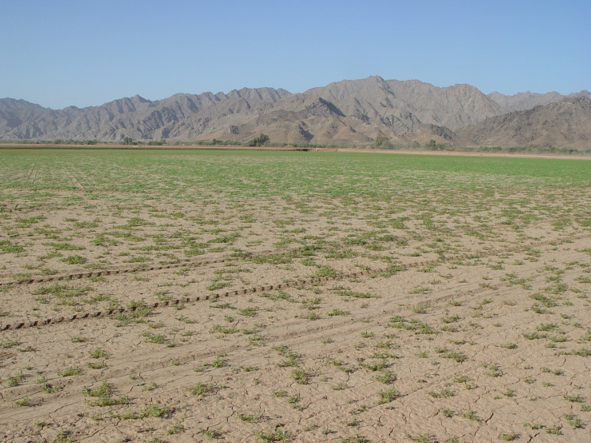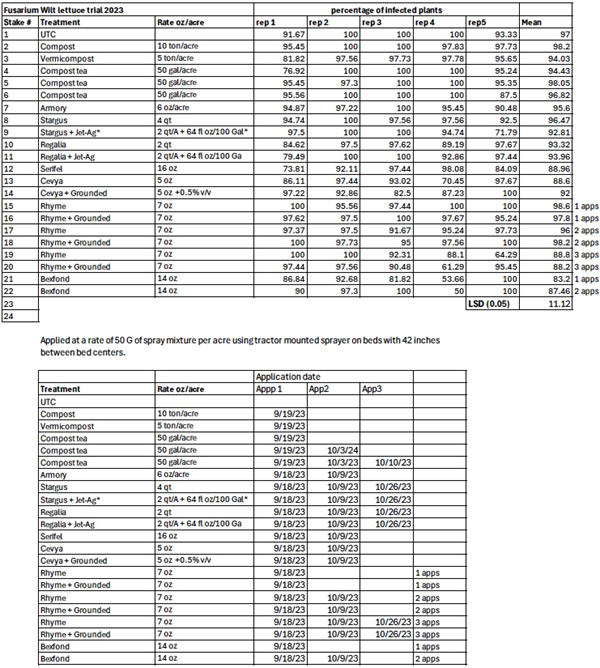Oct 20, 2021
Root Systems
Whenever we go to the field to evaluate a crop, there are typically three fundamental points we need to take into consideration that include: 1) stage of growth, 2) general crop vigor and condition, and 3) anticipate the next stage of development and what we need to do in managerial response. These considerations are commonly focused on aboveground crop evaluations. However, the root system, completely belowground, is an extremely important part of the crop condition to evaluate.
Root systems are responsible for all water and nutrient uptake by the plant and provides the physical anchoring and support of the plant structure. Each plant and crop species has its own “personality” and growth habits and the nature of the root systems also vary among plants species. Many plant species can have root systems that constitute ~ 50% of the total plant dry matter and we generally consider plants to have at least 30% of total plant dry matter allocated to the root systems.
Young plants will often develop some basic aboveground tissue to perform sufficient photosynthesis for establishment and then devote a high amount of the energy, carbohydrates produced, along with the nutrients and water from the soil to root system growth and development. Sometimes it can appear that plants are not growing rapidly while investing energy and resources into root system development. The depth of the roots will vary according to the soil physical conditions and effective soil depth, soil fertility and salinity management, plant-available water, and of course the natural rooting characteristics of the plant.
The effective root zone depth is the depth of soil used by the bulk of the plant root system to explore a soil volume and obtain plant-available moisture and plant nutrients. Effective root depth is not the same as the maximum root zone depth. As a rule of thumb, we commonly consider about 70% of the moisture that is taken up by the root is obtained in the top half of the root zone; about 20% from the third quarter; and about 10% from the soil in the deepest quarter of the root zone. The small and very fine root hairs are the most physiologically active portion of a developing root system. It is important that the plants continue to develop and generate fresh young roots and an abundance of fine root hairs to maintain water and nutrient uptake.
Therefore, in scouting fields and making crop evaluations, examining the root systems is an important part of the process. Leafy green vegetable crops need to develop a marketable plant in a relatively short amount of time and a strong root system is essential. It does take more time and effort to check root systems and it is a plant destructive process since we need to literally excavate the roots. So, it is also important be careful of where and how we sample plants and the root systems in a field.

To contact Jeff Silvertooth go to:
silver@ag.arizona.edu


 To contact John Palumbo go to: jpalumbo@ag.Arizona.edu
To contact John Palumbo go to: jpalumbo@ag.Arizona.edu










